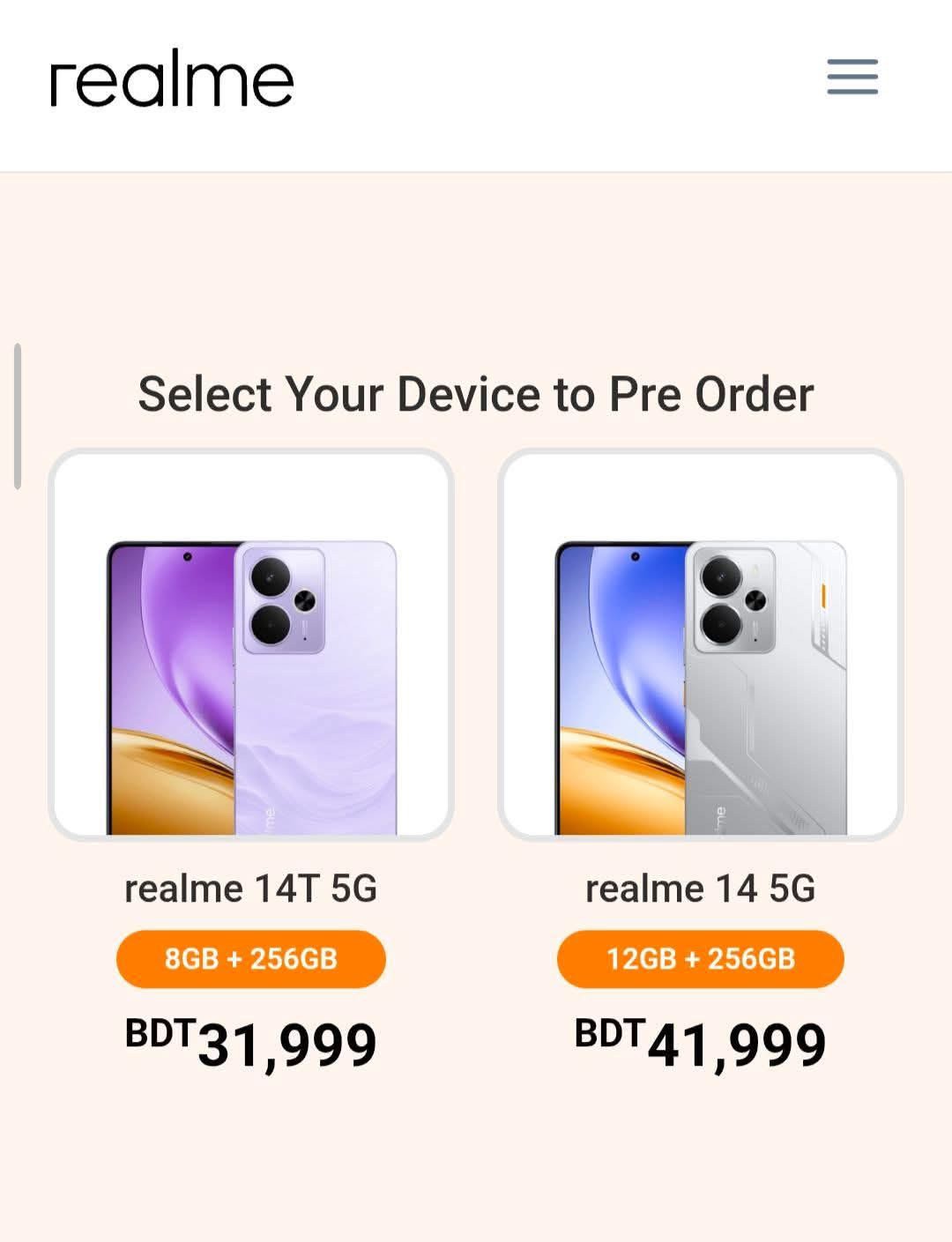In the official smartphone market of Bangladesh, if there’s one brand I believe needs serious reflection and course correction, it would be realme Bangladesh. My words may come across as bold, but this is not meant to attack—rather to express the frustration of many conscious users who have supported the brand since its entry into the Bangladeshi market.
realme officially entered Bangladesh on 14 March 2020, launching the realme 5i. It was a game-changer at the time—arguably the best phone in the BDT 13K segment. It sold out quickly, and in some cases, sellers even charged extra due to overwhelming demand. That model created hype and hope. Over time, realme introduced multiple series like the C series, Number series, GT Master, and GT Neo, with the C and Number series gaining particular popularity.
However, things began to change—and not necessarily for the better. The brand started focusing primarily on the C series, with pricing that felt increasingly unjustified. Their marketing strategy shifted heavily toward social media influencers and celebrities, which is fine in theory, but not when the product doesn’t back up the hype. It began to resemble OPPO’s old marketing style. The problem? A growing disconnection between product value and marketing claims.
Realme now tends to label every phone as a “Super-Ultra Flagship,” as though they’re redefining the market each time. That’s an exaggeration. While I understand that USD fluctuation, VAT, and tax are major pricing factors in Bangladesh, some pricing decisions simply don’t add up.
For example, the realme 14 5G (12/256GB) is priced at RM1299 in Malaysia, which roughly translates to BDT 35,000–36,000. Yet, in Bangladesh, the same model is priced around BDT 42,000. Why the 6K difference? Also, why isn’t a base variant (e.g., 6/128 or 8/128) available officially here? Does realme think the Snapdragon 6 Gen 4 chipset is enough to justify premium pricing? Honestly, it’s not a flagship chipset by today’s standards.
This kind of pricing strategy discourages official purchases, pushing people toward unofficial channels, where similar models like the realme P3 (Neo 7x in China) are available for much less—around BDT 26–27K for the 8/128GB variant. If I get nearly the same experience at a significantly lower cost, why should I pay more?
Another factor that impacts pricing is the absence of 5G infrastructure in Bangladesh. While it’s understandable, it shouldn’t be used as a blanket justification for premium pricing. The government should consider launching 5G soon, not only for network development but also to encourage competitive pricing and better smartphone offerings.
I had hoped that after the backlash around the realme 12 series, the brand would learn and improve. But the same marketing gimmicks and poor value-for-money propositions continue.
This isn’t a rant—it’s a call for transparency and responsibility. Realme has the potential to be a market leader if they focus on actual value, competitive pricing, and genuine community feedback. As a long-time tech enthusiast and consumer, I just want to see the brand return to its roots, where innovation, pricing, and honesty mattered most.
Qualcomm Snapdragon is a trademark of Qualcomm Incorporated.

QUALCOMM SNAPDRAGON is a trademark of Qualcomm Incorporated.